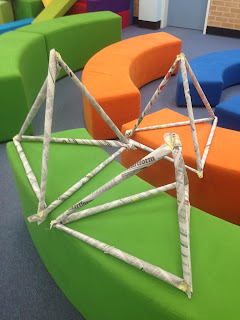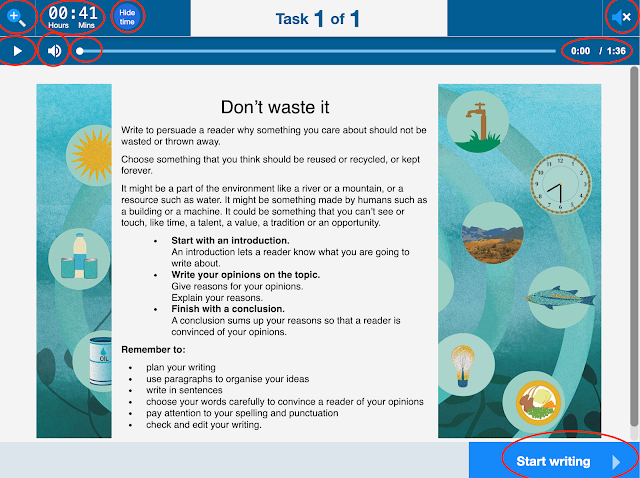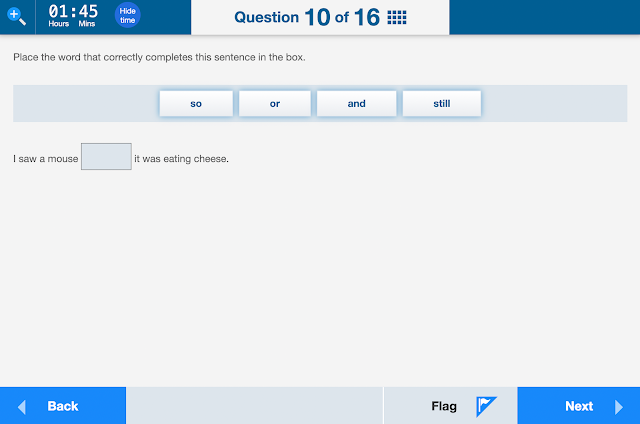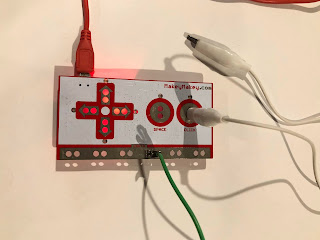5 ways to know you are teaching computational thinking
Computational thinking is a buzz word in many countries across the world. This blog gives 5 ways to identify if you are teaching computational thinking.
The BBC website has a definition of computational thinking that clearly lays out the components of computational thinking.
There are four components of computational thinking
- decomposition - breaking down a complex problem or system into smaller, more manageable parts
- pattern recognition – looking for similarities among and within problems
- abstraction – focusing on the important information only, ignoring irrelevant detail
- algorithms - developing a step-by-step solution to the problem, or the rules to follow to solve the problem
Each cornerstone is as important as the others. They are like legs on a table - if one leg if missing, the table will probably collapse. Correctly applying all four techniques will help when programming a computer.
You are teaching coding
Coding is the most common way people teach computational thinking. Coding provides opportunities to solve problems, recognise patterns, and create algorithms.
You are teaching coding
Coding is the most common way people teach computational thinking. Coding provides opportunities to solve problems, recognise patterns, and create algorithms.
Computational thinking can be taught using offline activities. This is good news for teachers who don't have access to technology or quality wifi.
Examples of unplugged activities include:
Examples of unplugged activities include:
Pattern completion using beading and physical materials.Construction blocks can be used for unplugged activities.
One student gives the instructions the other builds the model.https://www.lego.com/da-dk/family/articles/how-to-build-an-exotic-fish-a5247a5b062e4b10ae3912c58cb5e03
Using robotic toys allows students to think through problems. Robotics can be used to navigate mazes, solve problems and create new solutions to problems.
Robotics vary in price and functionality. It is important to research the best robotic that will suit your educational outcomes. This is only a sample of robotics available.
Introducing students to digital systems enables them to design solutions and solve problems. It also teaches computational thinking. Tools that can be used to teach digital systems vary depending on the age of the students and the planned educational outcomes.
You source Project Ideas from a variety of sources
One of the difficult parts of teaching computational thinking is coming up with ideas for projects. There are many sources for projects.
Websites associated with the equipment you have purchased often contain project ideas or apps.
Social Media can be a great source for ideas by connecting with other people who teach computational thinking.
Websites associated with the equipment you have purchased often contain project ideas or apps.
Social Media can be a great source for ideas by connecting with other people who teach computational thinking.
https://www.facebook.com/meridith.ebbs.imerinet
There are also websites that contain project ideas for integrating digital technologies.
There are also websites that contain project ideas for integrating digital technologies.











Comments
Post a Comment